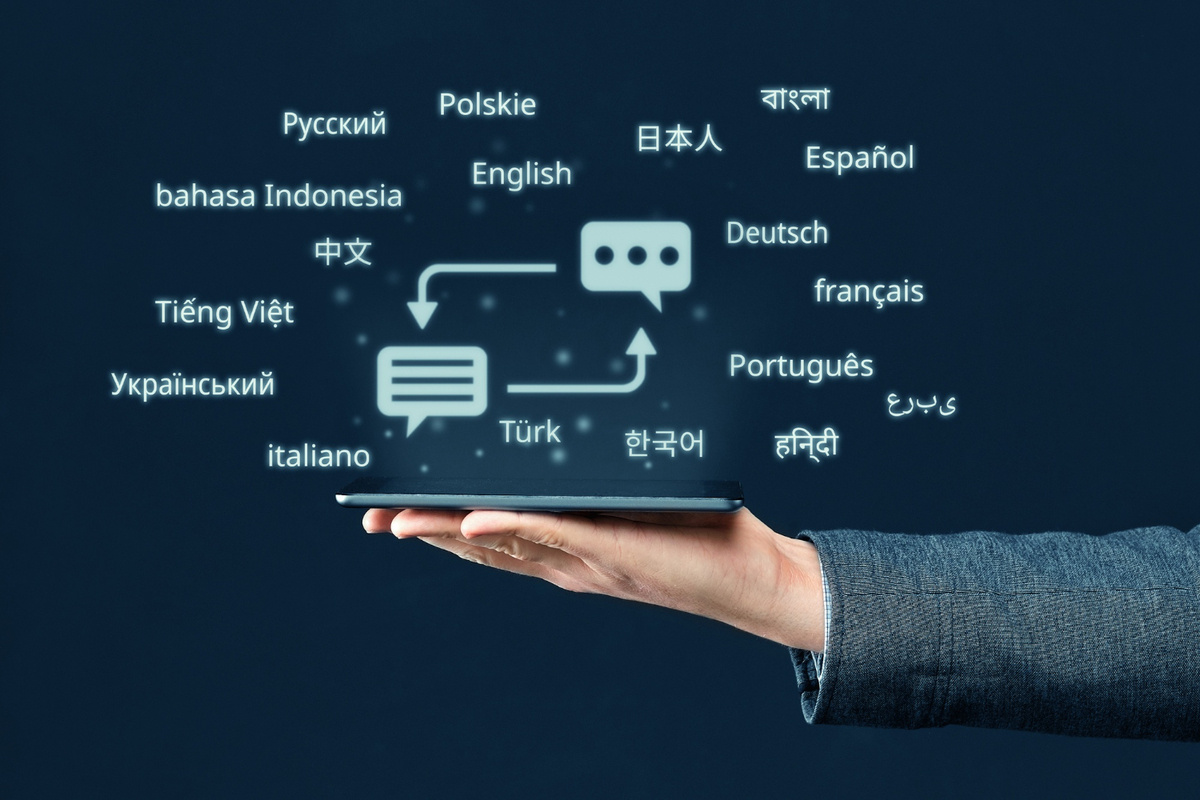
Breaking Language Barriers with AI Translation
Traveling to new destinations offers excitement and adventure, but language barriers can create challenges. Whether ordering food, asking for directions, or navigating public transport, communication plays a crucial role in making travel smooth. AI-powered translation tools have revolutionized the way travelers interact with locals, bridging gaps that once made foreign travel more complicated.
These tools provide real-time language translation, making it possible to engage in conversations, understand written content, and translate signs instantly. Unlike traditional phrasebooks or basic dictionary apps, AI-driven translators adapt to context, improving accuracy and reducing miscommunication. By using machine learning, they refine their understanding over time, offering more precise translations for better user experience.
This article explores how AI-powered translation tools simplify travel, helping tourists feel more confident in unfamiliar surroundings. From enhancing communication to improving safety, these tools have transformed the way people experience different cultures.
Instant Communication in Any Language
One of the biggest advantages of AI translation tools is the ability to facilitate real-time conversations. In the past, travelers relied on hand gestures, simple phrases, or human interpreters to get their message across. Today, mobile apps with AI-driven voice recognition allow seamless dialogue between people who speak different languages.
Apps like Google Translate, DeepL, and iTranslate use neural networks to understand and process speech in real-time. Travelers can speak into their devices, and the app translates their words instantly, playing back the translated version in the target language. This feature is particularly useful in situations where quick communication is necessary, such as at airports, restaurants, or taxis.
Additionally, AI translation tools are improving their ability to capture local dialects, slang, and context-specific meanings. This refinement helps avoid misunderstandings that can arise from direct, word-for-word translations, ensuring that conversations are more natural and effective.
Simplifying Navigation and Directions
Getting lost in a foreign country can be frustrating, but AI-powered translation tools make navigation easier. Whether deciphering road signs, transit maps, or restaurant menus, instant text translation helps travelers find their way without confusion.
Most translation apps now feature a camera function that allows users to scan and translate written text in real time. A traveler can simply point their smartphone at a sign, and the app will overlay the translation onto the screen. This technology is especially helpful when dealing with languages that use unfamiliar scripts, such as Japanese, Arabic, or Cyrillic-based writing systems.
Beyond reading signs, AI tools assist with understanding public transportation systems. Some apps integrate with map services, providing translated directions for buses, trains, and metro systems. This reduces reliance on asking for directions and helps travelers navigate with confidence, even in non-English-speaking regions.
Enhancing Safety and Emergency Assistance
Unexpected situations can arise while traveling, and clear communication is essential in emergencies. AI-powered translation tools provide a lifeline when travelers need urgent help, whether dealing with medical emergencies, lost belongings, or legal issues.
Hospitals, pharmacies, and police stations may not always have English-speaking staff, making it difficult for tourists to explain their problems. AI translation apps can help bridge this gap, allowing travelers to communicate symptoms, describe lost items, or report incidents accurately. Some apps even offer medical phrasebooks and emergency-specific translation features to make these interactions smoother.
For those with dietary restrictions or allergies, AI tools help translate ingredient lists and restaurant menus. This ensures that travelers can make informed choices about their food and avoid potentially harmful ingredients. Having reliable translation at their fingertips empowers travelers to feel safer and more prepared in unfamiliar environments.
Supporting Cultural Exchange and Connection
One of the greatest joys of travel is connecting with people from different backgrounds. AI translation tools encourage deeper engagement by making it easier to communicate with locals. Instead of limiting conversations to basic phrases, travelers can participate in more meaningful exchanges, whether chatting with a shop owner, making new friends, or learning about local traditions.
Some AI-driven apps go beyond simple translation, offering cultural context for certain phrases. They help users understand the etiquette and nuances of a language, ensuring that travelers communicate in a way that is polite and culturally appropriate. This fosters positive interactions and enriches the overall travel experience.
Language learning apps that incorporate AI can also assist travelers in picking up essential phrases before their trip. By practicing pronunciation and common expressions, users can gain confidence in speaking a new language, making their interactions more personal and engaging.
Helping Business Travelers and Digital Nomads
For professionals who work remotely or conduct business overseas, AI translation tools have become an indispensable resource. Business travelers often need to communicate with international colleagues, negotiate contracts, or present ideas in different languages. AI-powered translators make these tasks easier by providing accurate translations of documents, emails, and live conversations.
Platforms like Microsoft Translator and DeepL Pro cater to business needs by offering industry-specific translations. This ensures that technical terms, financial statements, and legal documents are translated with precision. Some tools even integrate with video conferencing software, allowing seamless multilingual communication in virtual meetings.
For digital nomads, AI translation tools simplify settling into new locations. From finding co-working spaces to handling visa applications, these tools remove language barriers and streamline daily life. The ability to translate conversations on the go helps remote workers feel more at home, regardless of where they are in the world.
Overcoming Limitations and Challenges
While AI-powered translation tools have made great strides, they are not without limitations. Some languages and dialects remain underrepresented in translation databases, leading to less accurate results. Additionally, AI struggles with idiomatic expressions, cultural references, and humor, which can sometimes lead to awkward translations.
Another challenge is reliance on internet connectivity. While some translation apps offer offline modes, they may not be as accurate as cloud-based services. Travelers in remote areas or regions with limited internet access may find these tools less effective when they need them most.
Security and privacy concerns also arise with AI translation tools, as some apps collect and store voice data or text inputs. Travelers should be mindful of which services they use and review privacy settings to protect sensitive information.
The Future of AI-Powered Translation
As technology advances, AI-powered translation tools will continue to improve in accuracy and functionality. Developers are working on integrating more languages, refining real-time speech processing, and improving cultural context recognition.
Augmented reality (AR) is also playing a role in translation, with features that allow users to view translated text directly through smart glasses or AR displays. This development could make real-time interpretation even more seamless, eliminating the need to constantly check a phone screen.
Voice assistants and wearable technology will likely enhance translation capabilities, providing even faster and more intuitive communication. As these tools become more sophisticated, they will further bridge language gaps and make international travel more accessible to all.
Making Every Journey Smoother
AI-powered translation tools have reshaped how people travel, making communication easier, navigation simpler, and interactions more meaningful. Whether exploring a new country for leisure, handling business abroad, or adapting to a remote work lifestyle, these tools help eliminate language barriers and enhance the overall experience.
As AI translation technology continues to evolve, travelers will benefit from even greater accuracy and convenience. By embracing these innovations, individuals can confidently navigate the world, connect with different cultures, and make the most of every adventure.







